I have several large json objects (think GB scale), where the object values in some of the innermost levels are arrays of objects. I'm using jq 1.4 and I'm trying to break these arrays into individual objects, each of which will have a key such as g__0 or g__1, where the numbers correspond to the index in the original array, as returned by the keys function. The number of objects in each array may be arbitrarily large (in my example it is equal to 3). At the same time I want to keep the remaining structure.
For what it's worth the original structure comes from MongoDB, but I am unable to change it at this level. I will then use this json file to create a schema for BigQuery, where an example column will be seeds.g__1.guid and so on.
What I have:
{
"port": 4500,
"notes": "This is an example",
"seeds": [
{
"seed": 12,
"guid": "eaf612"
},
{
"seed": 23,
"guid": "bea143"
},
{
"seed": 38,
"guid": "efk311"
}
]
}
What I am hoping to achieve:
{
"port": 4500,
"notes": "This is an example",
"seeds": {
"g__0": {
"seed": 12,
"guid": "eaf612"
},
"g__1": {
"seed": 23,
"guid": "bea143"
},
"g__2": {
"seed": 38,
"guid": "efk311"
}
}
}
Thanks!

